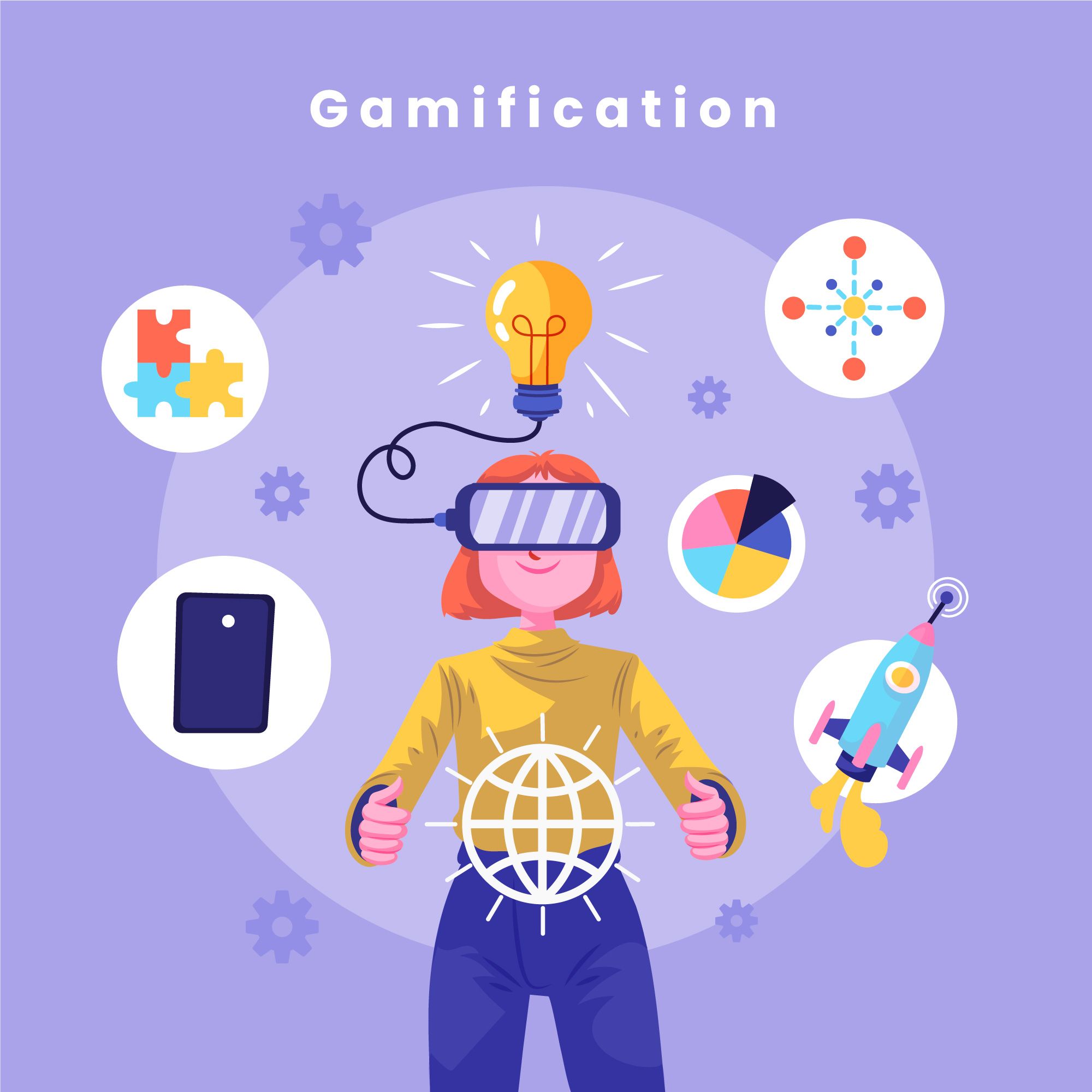A Digital HR Revolution?

“The HR technology market is undergoing one of the most disruptive years it has seen this decade. . .the HR technology industry is on the precipice of a total reinvention.”
This is how Josh Bersin of Bersin by Deloitte started his 2016 report, HR Technology Disruptions for 2017: Nine Trends Reinventing the HR Software Market.
“The entire marketplace is shifting from tools that automate traditional HR practices to platforms and apps that make life at work better. This fundamental shift is profound in its implications,” Bersin noted.

Bersin then goes on to identify the nine trends that he sees as key for 2017 and beyond:
1. Changes in the way performance management is conducted (and understood)
2. An overwhelming need for real-time engagement evaluation (and how this links back to performance and feedback
3. A tremendous growth of the use of people analytics
4. An ongoing increase and evolution of the learning market
5. A new landscape for talent acquisition
6. Growth in contingent workforce management, gig work, and part-time work environments
7. The growth of team management tools and their merger with HR tools
8. The explosion of wellness and fitness apps – and their potential merger with employee engagement
9. The use of self-service, artificial intelligence, and robotic process automation in HR
Surprising? Perhaps not – we have already started to see a move towards that direction – now the tricky part is how to make sure that all of this happens in a seamless, integrated and highly engaging manner.
For companies that are big, and those that are planning to scale, it is crucial to have the technologies in place to assist with the management and implementation of different initiatives, as well as the analysis of all the data that are gathered.
Technology is a tool that HR practitioners will have to utilise fully and depend on, in order to make their job easier, but also more precise.
Whose job is it?
The Drive or Delegate report, written by Andrew Staples and published by the Economist Corporate Network, looks at how much effort and energy Asian chief executive officers (CEOs) dedicate to turning their workplace into a digital one.
Asian CEOs believe that digital workplaces can boost productivity from within, attract the next generation of top talent, facilitate collaborative working and send important signals about the type of culture the company has.
However, even though 71% of Asian CEOs believe they are active champions of a digital workplace, 53% believe that it is someone else’s job to execute and implement the right processes to get there (for example IT and HR).
The report identifies some major drawbacks that contribute to the hesitation. First of all, despite the explosion in technologies, the technologies available are still not seamless.
In addition to that, decision-makers are usually middle managers or higher, who may feel threatened by new technology.
Lastly, the perceived need to have “in-office” presence of employees is still there. These factors may stop CEOs from willingly taking the front seat when it comes to driving this digital adoption.
The CEO’s blessing is required to move forward in the right direction. HR, however, is the function within the company that is tasked with the responsibility of ensuring a thorough, error-free, fair and easy-to-pull-information-from process that successfully attracts, recruits, onboards, manages performance, develops, retains, and eventually handles separation with employees.
It is therefore the task of HR to ensure that the CEO sees the need and understands the implications of implementing a comprehensive digital strategy.
Once the necessary HR technologies are in place within an organisation, employees will have the right tools, information – and motivation – to go on with their work with improved productivity.

Learning and digital technologies
Coming from a learning background myself, I can speak particularly about trends 2 to 5 that Bersin highlights in his report.
Having worked intensely on digital learning for some time now, I can see how implementing such a technology tool can bring about a stark difference in these areas, even though it is by no means an exhaustive attempt.
Nevertheless, it’s a great start even for the smaller companies that are looking into scaling but cannot yet manage a fully integrated HR solution.
Evolution of the learning market
Consider the shifts in learning content strategy as shown in Figure 1.

It is obvious that in the world of the big players at least, there is a move away from traditional methods of learning.
The choices are ample in digital learning – companies and individuals can elect to develop their skills and knowledge using a variety of Learning Management Systems (LMS), whether it’s a library of courses that an employer offers or whether it’s in the form of free online programmes that individuals sign up for on their own.
Engagement Evaluation, people analytics and talent acquisition
In a closed system where the employer may access data arising from employees participation in courses, there are opportunities for HR functions to be taken to the next level.
A closed system can allow employers to pull comments easily, but also provide other analytics that would help measure and track employees’ level of engagement, interest in being developed, the topics they are interested to learn more about, speed of task completion, how they interact with other colleagues, their consistency, and last but not least, character.
LMS has now evolved to incorporate social networking aspects, and we all know that people tend to react differently when on a social network platform. Moreover, data has shown that millennials value an employer that is willing to develop their employees – in fact, the table below shows how much they do so (see Figure 2).

In a nutshell
Digital, whether we like it or not, is the direction of the future. With more and more people doing everything on their computers, and increasingly, on their phones, this is something that HR cannot afford to overlook. Is it a revolution? Perhaps not. The signs have been there for many, many years. But now is definitely the time to read them well and act on them.
To find out how your business and employees can benefit from a Digital Learning ecosystem, e-mail learn@leaderonomics.com
Functional





